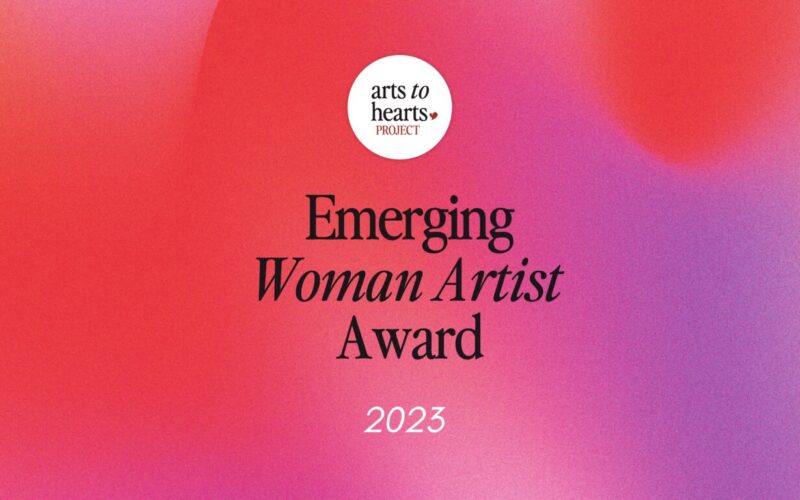
Why art insurance is important for protecting your investment


Picture this: you’ve invested in a beautiful and valuable artwork that brings joy and beauty to your life. But what if the unexpected happens? What if your prized piece is damaged, stolen, or lost?
Have you ever considered the importance of protecting your artwork? It’s easy to overlook the need for protection when it comes to our cherished pieces, but they hold a value just like any other asset.
Losing a valuable artwork is a scenario no art lover wants to contemplate, but it’s a reality we must face. Just as you secure your home, insure your car, or protect your investments, your artwork deserves a safety net too. Art insurance is that essential safety net, providing peace of mind knowing that your investment is safeguarded in the unfortunate event of loss or damage.
In this blog, we’ll explore the often-forgotten topic of art insurance, explaining why it’s a smart move for both experienced collectors and those just starting.
Understanding what Art insurance covers
Art insurance isn’t a one-size-fits-all solution; it’s tailored to meet the unique needs of your collection. So, what does it cover?
Physical Damage: This is the most common coverage. It includes protection against accidents like spills, falls, or natural disasters such as floods or fires. If your artwork gets damaged, art insurance covers the repair costs.
Theft and Burglary: Art insurance ensures you don’t bear the financial burden alone if your artwork is stolen. It can cover the stolen artwork’s value, allowing you to replace it.
Loss: Sometimes, artworks can mysteriously disappear. Art insurance can compensate for the loss, even if you’re unsure how it happened.
Transit Coverage: There’s always a risk of damage when transporting art. Art insurance can extend its protection during transit, ensuring your pieces remain safe while on the move.
Exhibition Coverage: If you lend your art for exhibitions or display it publicly, art insurance can cover any damages during these events.
By clearly understanding what art insurance covers, you can choose the right policy to match your collection’s specific needs and protect your investment comprehensively.
How to get art insurance for your artwork?
Assess Your Collection
Before you start with the process of your art insurance, it’s essential to know what you’re protecting. Start by taking a careful look at your art collection. You don’t need to be an art expert for this; it’s about understanding what you have.
Here’s how to do it:
Make a list of every piece in your collection. Write down the artist’s name, a brief description of the artwork (like “oil painting of a landscape” or “bronze sculpture of a horse”), and any other relevant details.
Try to estimate the value of each artwork. You don’t need to be super precise, but having a rough idea of what your pieces are worth will help you determine how much coverage you need.
Store all this information in a safe place. You can use a physical notebook or digital tools like spreadsheets or dedicated art inventory apps. Just make sure it’s easily accessible when you need it.
Remember, this catalog isn’t just for insurance; it’s also a great way to keep track of your collection’s growth and changes over time. Once you’ve got a clear picture of your art, you’re ready to move on to the next steps in securing it with art insurance.
Search for the insurance providers around you.
Once you’ve assessed your art collection, the next critical step is to research insurance providers that can help protect your valuable pieces. Seek insurance companies with expertise in art coverage or a reputable history of serving collectors. Check their standing through reviews and recommendations, ensuring a reliable track record for handling claims.
When you contact these providers for quotes, be ready to share details about your collection’s total value and any specific concerns. Take the time to compare policy offerings, considering coverage limits, deductibles, and specialized provisions for high-value items. Striking the right balance between cost and protection is key.
Don’t hesitate to ask questions to clarify policy terms and claim processes, ensuring you make an informed choice to protect your art collection comprehensively.
Get appraisals for your artwork
Once you’ve identified a suitable insurance provider, the next step is to obtain appraisals for your artworks. These professional assessments help determine the accurate value of each piece in your collection, ensuring you’re adequately covered in case of loss or damage.
Appraisals also provide essential documentation for your insurance policy. You can usually find certified appraisers who specialize in art valuation. Schedule appointments, and they will assess your artwork based on factors like an artist’s reputation, condition, provenance, and market trends.
These valuations serve as a basis for your insurance coverage and assist in tracking the changing value of your collection.
Request and compare quotes
With your appraisals in hand, it’s time to reach out to your chosen insurance providers to request quotes for your art insurance policy. These quotes are based on the information you’ve gathered about your collection and the appraised values of your artworks. When you receive the quotes, carefully review them to ensure they align with your needs and budget. Pay attention to the coverage limits, deductibles, and any special provisions or endorsements.
Understand the policy terms.
Before finalizing your art insurance policy, take the time to understand the terms and conditions thoroughly. This includes knowing what is covered and any exclusions that might apply. Don’t hesitate to ask questions if anything is unclear. Understanding your policy inside and out is crucial to ensure you have the protection you need for your art collection.
Purchase and maintain coverage.
Once you’ve compared quotes and fully comprehended the policy, you can proceed with the purchase. Make sure to keep all documentation related to your art insurance in a secure place for easy access when needed. As your art collection evolves, remember to update your policy to reflect any new acquisitions or changes in the value of existing pieces.
Art insurance is an ongoing commitment to safeguarding your investments, so regular updates are essential to maintaining comprehensive coverage.
In the end..
To make sure your art insurance keeps working well, keep an updated list of your art collection. When you get new pieces or see changes in the value of your existing art, add these details to your list. This helps ensure that your insurance covers the real value of your collection so you don’t end up with too little or too much coverage.
If you want an easy way to manage your art list, check out the Arts to Hearts Project’s Artist Inventory Management Sheet. It’s a handy tool that can make managing your art collection easier. By taking good care of your art and keeping your records up to date, you can enjoy your collection knowing it’s well-protected for years.
Don’t have an art collection to insure yet?
Get started with our curated art exhibition, “Modern Maharani” by Charuka Arora, which aims to celebrate the fortitude, grace, and resilience of women, reimagined through the lens of traditional Indian jewelry. The collection entails exceptional handmade paintings of traditional Indian jewelry embellished with various textures and shimmering details, capturing the essence of the beauty of Indian women.

















Comments 12